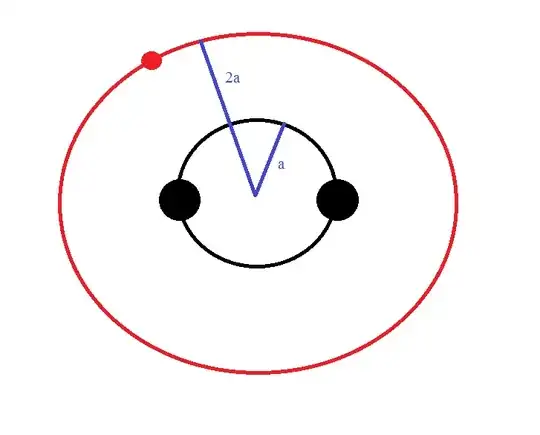A moon which is 100% water is possible in theory, but it could only occur in reality if it was an engineered artifact rather than a natural moon.
For any planetary body to form, there must be some sort of gravitational
"nucleus" for other particles to be attracted to. Your planetary engineers could start with a giant "ice cube" of purified water (all that matters is the mass of the object you are starting with, not the composition), and it will soon be attracting everything nearby, with the attraction growing exponentially as the mass increases.
Of course, this means that everything including rock, dust bits of carbon etc. will also be swept into the mix, so your engineers will have to put the ice cube nucleus in a cloud of 100% pure ice crystals. The mass of the in falling ice will increase the pressure and temperature of the growing body, and eventually melt the core ice cube. At this point, any matter trapped in the ice cloud will start falling towards the core, so you will get a small core of other elements unless the ice cloud is maintained at a very high level of purity.
As the water clump gets deeper, the core will eventually resolidify as the water assumes one of the multitude of forms of ice. This pressure ice is different in properties than the ice we normally see in our drinks or floating on the ocean (for an introduction read: https://en.wikipedia.org/wiki/Ice), but a lot of this depends on the exact conditions being encountered, small moons like Europa or the Moon may not have enough pressure at the core to develop an "ice" core or mantle. A planetary body with a standing column of water 1000km deep will almost certainly have a core and mantle made up of various forms of ice.
Since we formed this body in deep space where an ice cloud could be generated and remain frozen, there is no reason to suppose that the surface won't (edited from "will". Autocorrect sucks!) quickly crust over with a layer of water ice (ice 1) after the initial heat of formation dissipates. This will also vary depending on the size of the moon, external heat sources and so on. Since there are no internal sources of heat, the moon will eventually freeze solid, and you will have what looks like a white cue ball floating serenely in space.
